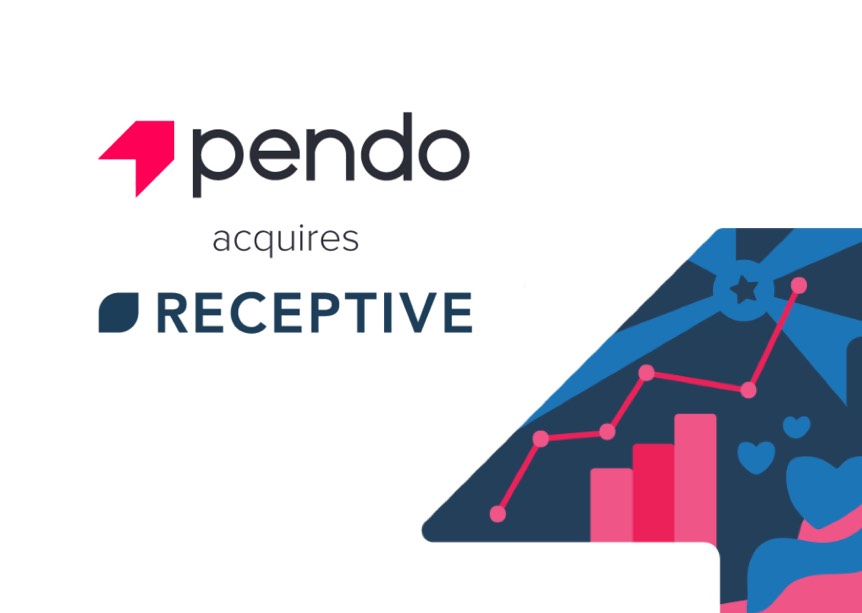.jpg)
Here at Receptive, we’re big fans of Trello. We think it’s great for keeping track of projects & tasks and ensuring teams are organized. It’s a tool that can do pretty much anything and everything a product manager needs.
Except one…
When you’re a small team you can pretty easily manage feedback from customers, internal teams, and prospects in a spreadsheet or a Trello board.
But for a company with more than 10 employees or even just a few hundred users there are a number of reasons why that could prevent you from scaling up effectively…
#1: You Need a Separate Channel
You need a separate channel for feedback. No doubt about it. A separate channel allows your customers to self-serve, submitting and prioritizing requests at their own convenience. It shows your customers that you actually want their feedback, because you’re making it as easy as possible instead of providing 19 hoops to jump through.
It also negates the effects of survey fatigue - the idea that people are sick and tired of countless feedback surveys that don’t lead to any changes.
If you use Trello for feedback, then you need to manually collect & compile that feedback. This can be time-consuming and limits the quality of the data you receive (see #5 below).
Related: Your silent customers have something to tell you.
#2: Lack of Transparency
When a customer submits a request, they want to know the status. Is it being reviewed? Has it been dismissed? Are you working on it? What are you working on? With Trello, that transparency is missing. That information isn’t there.
.jpg)
This can make customers feel uneasy about submitting, and leave them with a sour taste in their mouth when it comes to your company, and not the good sour candy kind of sour.
#3: The Dreaded Backlog
There’ll come a point in proceedings where you simply have too much stuff on your Trello board to be getting on with. You’ll have such a huge backlog that organizing it will seem equivalent to scaling Mount Everest, naked, with your eyes closed (please don’t attempt that).
The thing is, even if you start off with good intentions of managing the backlog, we know for a fact that you’ll end up putting it off, treating it as a low priority item (until you have a deadline). So save yourself the hassle and ditch your stale backlog for good.
#4: What are the Insights?
Once you’ve populated your Trello board with all this feedback, what’s the next step? What are the insights you can take from it? The trouble with using Trello for feedback is that it doesn’t give you enough data to draw practical conclusions from. There’s zero flexibility in the reporting, so you can’t answer basic questions like:
-
What is most important to our high value customers?
-
What do our prospects need in order to buy?
-
What did our churned customers want before they left?
.jpg)
If your product team doesn’t know what to do next, then your Trello board is basically a beautiful house with a hole in the roof. It’s pleasant to look at but you wouldn’t want to live there.
#5: Team Bias
The trouble with using Trello is that your teams decide what goes on to your board and what doesn’t. Different teams will each have different priorities and perspectives, all of which will influence what goes on your Trello board.
Ideas that are good to your customer success or sales teams will make it on there, but ideas that they don’t fully understand or maybe they just don’t think are important will probably just fall by the wayside, never to be seen again.
Then your customers and prospects won’t stay informed and your data will be incomplete, leading you to focus on the wrong things.
#6: Lack of Prioritization
One of the most useful concepts when it comes to product feedback is prioritization - knowing what your customers, prospects, and team members want urgently, or critically, versus nice to have items.
When you use Trello, you have no way of ascertaining which are the biggest priorities, and you have no idea how those priorities change over time. You have one historical reference point which is probably outdated by the time you’ve analyzed it.
If you don’t know what your customers actually need then how can you hope to build the best possible product for them?
Related: Product managers shouldn’t prioritize feature requests.
#7: No Communication
We’ve spoken in the past about the Black Hole of Customer Feedback. The idea is that you need to constantly communicate with those who have submitted feedback. You have to keep them in the loop at all times. But if you’re using Trello, then the simple act of keeping in touch becomes a very tough job indeed.
Trello offers no way of communicating with your customers and so you’ll either have to manually do it yourself, or risk annoying and alienating the people you’re trying to please.
Sorry Trello, It’s Not You, It’s Me
.jpg)
As you can see from the above points, using Trello for feedback can only end in disaster for your product team, your customer facing teams, and your customers. It might seem like it’s working for you now but fast-forward to twice your size or twice your customer base and there’s no chance of you being able to scale up your feedback process.
You’ll eventually reach a bottleneck with stale, incomplete data. Then what? Instead, you need to use a dedicated Product Demand Intelligence platform which can eliminate all of the issues we’ve outlined above and send you on your way to feedback process perfection.
Check out our other resources on prioritization to learn more.



